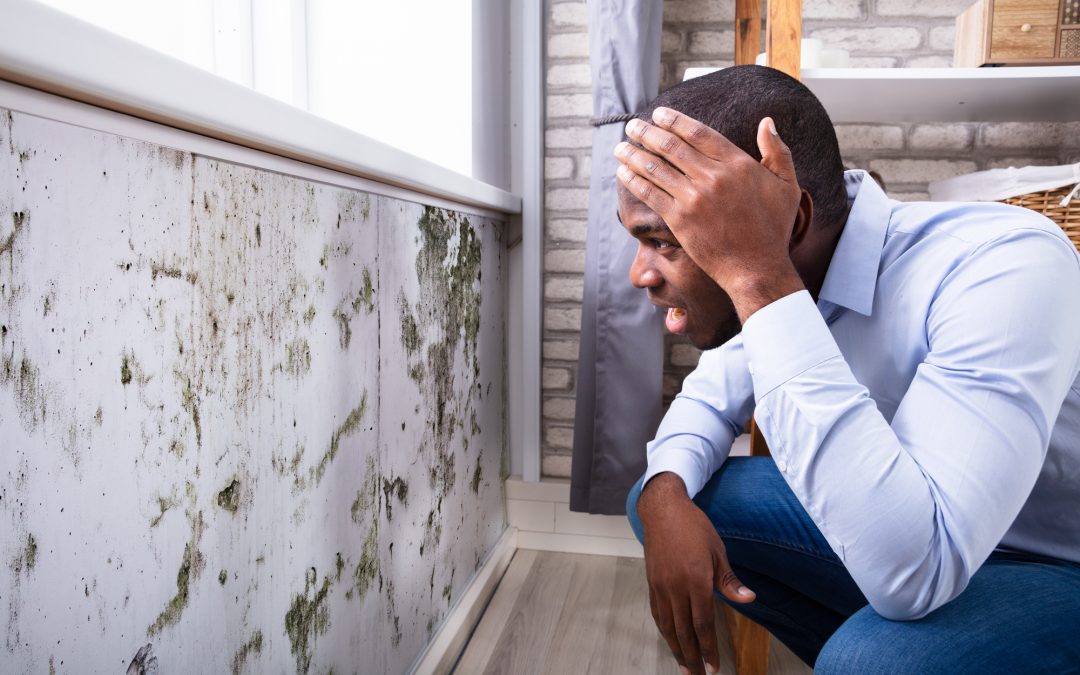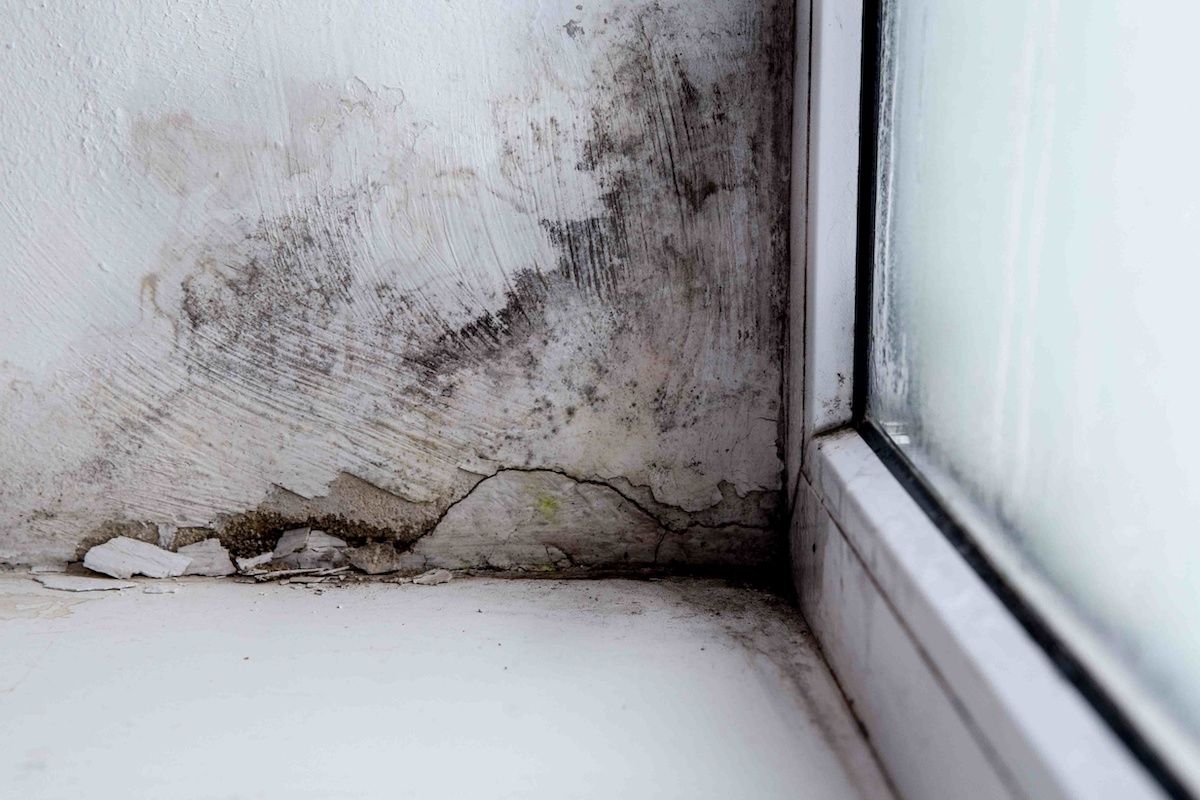Essential Actions After Mold Remediation
Wiki Article
Expert Tips for Blog Post Mold And Mildew Removal Success
In the realm of mold and mildew removal, successfully getting rid of mold is only half the fight; real difficulty depends on avoiding its reappearance. Post-remediation efforts play a crucial role in making certain a mold-free environment in the long-term. By sticking to skilled pointers and best methods, people can secure their rooms against mold and mildew resurgence and maintain a healthy and balanced interior environment. It is in this stage of the remediation procedure that focus to detail and aggressive actions truly make a difference.
Monitor Moisture Levels Routinely
Regular monitoring of humidity degrees is important in guaranteeing the efficiency of blog post mold remediation efforts. After finishing mold remediation procedures, preserving ideal humidity levels is vital to stop mold and mildew re-growth and make sure a healthy and balanced indoor environment. Tracking moisture degrees allows for very early discovery of any kind of spikes or changes that can potentially lead to mold renewal. High humidity degrees above 60% develop a helpful environment for mold and mildew to grow, making routine keeping an eye on a positive procedure to avoid any type of future mold and mildew issues - Post Remediation verification.In addition, developing a routine timetable for humidity checks, specifically in high-risk locations such as restrooms, cellars, and cooking areas, is a proactive method to mold and mildew avoidance. By regularly checking humidity degrees, residential or commercial property proprietors can successfully mitigate the threat of mold and mildew reoccurrence and maintain a healthy interior setting post-remediation.
Conduct Thorough Inspections Post-Remediation
Complying with the completion of mold and mildew removal procedures, it is vital to carry out extensive examinations to verify the effectiveness of the removal procedure. These post-remediation assessments are essential in ensuring that the mold problem has actually been efficiently resolved and that there is no recurrence or staying mold and mildew growth. Examinations ought to be performed by qualified specialists who have competence in identifying mold and mildew and evaluating interior air quality.Throughout these inspections, different methods such as aesthetic analyses, air sampling, and surface area sampling might be employed to completely evaluate the remediated areas. Visual assessments include a thorough assessment of the properties to check for any type of noticeable indications of mold and mildew development or water damages. Air tasting helps in establishing the air-borne mold spore levels, while surface tasting can discover mold and mildew particles on surface areas.
Implement Appropriate Ventilation Strategies
After ensuring the effectiveness of the mold remediation process with comprehensive examinations, the next critical action is to concentrate on executing proper ventilation techniques. Appropriate air flow is essential in avoiding mold and mildew reoccurrence by controlling wetness degrees and advertising air blood circulation. To attain this, it is recommended to utilize exhaust followers in areas prone to high humidity, such as restrooms and kitchens. Furthermore, opening doors and home windows when weather permits can aid boost air movement and lower wetness accumulation. Air purifiers and dehumidifiers are also beneficial tools in maintaining optimal interior air top quality.
Proper air flow not only help in avoiding mold and mildew development but additionally adds to the overall health and wellness and convenience of passengers. By making certain adequate ventilation throughout the home, you can lower the risk of mold and mildew regrowth and produce a healthier living setting.

Usage Mold-Resistant Products for Repair Works
To enhance the lasting performance of mold and mildew removal initiatives, integrating mold-resistant products for repairs is crucial in mitigating the threat of future mold and mildew development. Mold-resistant materials are designed to hold up against moisture and hinder mold growth, making them an important selection for areas prone to moisture and humidity. When fixing locations impacted by mold and mildew, making use of products such as mold-resistant drywall, mold-resistant paints, and mold-resistant caulking can help stop mold reappearance.Mold-resistant drywall is a superb choice to standard drywall in areas like bathrooms and cellars where wetness levels are greater. This type of drywall has a special layer that withstands mold and mildew growth even when exposed to damp conditions. In addition, utilizing mold-resistant paints having antimicrobial agents can even more prevent mold and mildew growth on ceilings and wall surfaces.
In areas where wetness prevails, such as kitchen areas and washrooms, these details utilizing mold-resistant caulking around tubs, home windows, and sinks can help secure out water and avoid mold and mildew from holding in fractures and gaps. By spending in these mold-resistant materials throughout repairs post-remediation, you can considerably lower the chance of future mold and mildew concerns and keep a much healthier interior environment.
Maintain Tidiness and Address Water Issues
Making sure cleanliness and immediately dealing with water issues are fundamental techniques to support in guarding indoor areas from mold reinfestation. After mold and mildew removal, it is important to keep a tidy environment to stop the regrowth of mold and mildew (Post Remediation verification). Routine cleaning, dusting, and vacuuming can assist remove any type of remaining mold spores and avoid them from settling and multiplying. Additionally, keeping indoor rooms completely dry and dealing with any water issues quickly is crucial in mold and mildew avoidance. Leaks, water invasion, or high moisture levels can create the excellent breeding place for mold and mildew, so it is vital to fix any type of water-related troubles quickly.To preserve sanitation, think about making use of HEPA filters in vacuum cleaners and air purifiers to trap mold and mildew spores and prevent their circulation in the air. Furthermore, ensuring appropriate air flow in areas prone to moisture buildup, such as kitchens and shower rooms, can help keep moisture levels in check. By remaining alert concerning sanitation and addressing water issues quickly, you can efficiently stop mold and mildew reinfestation and preserve a healthy interior atmosphere.
Final Thought

In the realm of mold and mildew remediation, successfully eradicating mold and mildew is just half the battle; the true difficulty exists in stopping its reappearance. After completing mold remediation treatments, maintaining optimal humidity levels is critical to avoid mold and mildew re-growth and ensure a healthy and balanced indoor environment. High moisture degrees above 60% develop a conducive setting for mold to thrive, making useful content regular checking a positive action to protect against any kind of future mold problems.
To boost the long-term performance of mold remediation efforts, incorporating mold-resistant materials for repairs is crucial in alleviating the threat of future mold and mildew growth. After mold removal, it is crucial to maintain a clean setting to protect against the regrowth of mold and mildew.
Report this wiki page